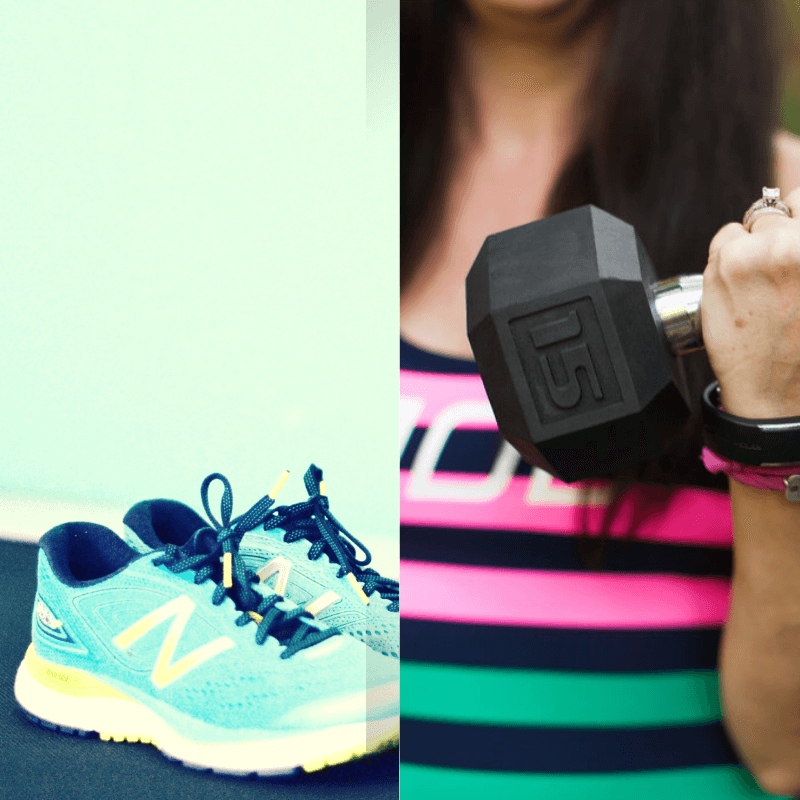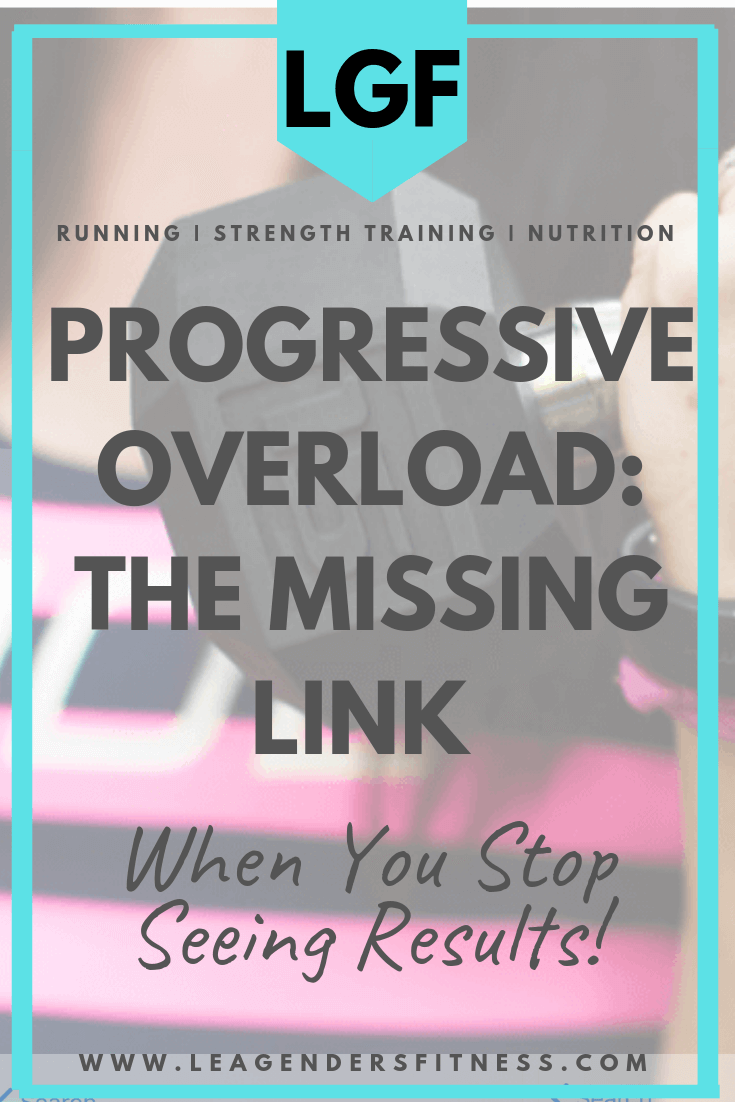If you have been working out for a while, and you stopped gaining the results or progress you desire, you may be missing a key element of training: progressive overload.
What is Progressive Overload?
Progressive overload is a gradual but consistent increase in demands placed on the body. The human body is an adaptation machine. It adapts to the stresses you place upon it. It’s the reason the first time you ever ran around the block, you couldn’t breathe, your legs were on fire, and you felt for sure like you might die, but now you can run a half marathon with relative ease compared to that first run. If your body didn’t adapt to your training, every mile would feel as hard as the first one, and you wouldn’t be physically capable of running long distances.
The same concept applies to strength training. When you were starting, you may have used five-pound dumbbells, and now you can lift twenty-five or fifty pounds. Maybe you started with twenty-five-pound dumbbells, and now you graduated to triple-digit weights on a barbell. It didn’t happen overnight. You had to gradually increase the weights, reps, and sets in small increments over time. Your body adapted to each increase, and you got a little stronger one workout at a time until you were eventually able to lift a much heavier weight.
Your Body Adapts During Rest
Training is a stress on the body (in a good way). During the rest period after the workout, your body adapts, so that next time you exercise, you are a little stronger, you lift a little more, can perform more reps or sets, or you can run a bit farther or faster. The recovery period after the workout (and during sleep) is when you make your progress, which is the reason why it is so important not to neglect rest in your training schedule. It’s an essential part of the plan.
Why You Plateaued / The Bad News About Adaption
Adaption is the reason we can perform better with consistent training; it’s also the reason that progress stalls and results plateau. If you are not placing new demands on your body, it will adapt, and stay the same.
If you do the same streaming workouts over and over, follow the same exercise routine on an app, or repeat the same running route at the same pace and distance over and over, you won’t see new progress. You body won’t get stronger, faster, or fitter unless you give it a reason.
Slow and Steady Overload For Best Results
Don’t make the mistake of attempting to do too much too soon. It’s not about making huge jumps in progress at every single workout, but slowly increasing the stress on your body during training.
If you attempt to progress before your body is ready, you’ll end up injured or over-trained. Slow and steady progress, with an occasional de-load week, where you allow optimal recovery by intentionally reducing the stress on your body, is the key to long-term results.
With your running performance, you can’t just decide to run faster or farther without putting in the training first. If your tendons and ligaments have not been trained to handle the stress of a faster or longer workout, you may get injured. Either increase the distance (or duration) you are running or the pace (or intensity), but never both in the same week. Too much overload without proper recovery leads to injury.
How to Create a Progressive Overload
You can create a gradual and subtle progressive overload by either increasing weight, reps, or sets each week or every other week, even if it just by two to five pounds, one set, or one rep.
If you’re currently performing two sets of eight repetitions of lunges with ten-pound dumbbells, after a week or so you could increase to three sets, or you can improve to twelve reps, or increase the weight to twelve pounds, but never all at once. Slowly and surely make an increase in some aspect of your training.
You can run one mile farther, or run an interval ten seconds faster, do one more repetition of an interval, or run up a hill or stairs, but again, not all at once. Only apply one new stress at a time. When it starts to feel more comfortable, it’s time to step it up again. Choose a variable and gradually improve.
How to Calculate Strength Volume
If you’re not paying close attention, it’s challenging to create a consistent, gradual, and progressive overload. Most people claim they memorize their workouts, or they follow an app or a streaming service, but if you are not writing down your exercises as you perform them, chances are you are not creating a consistent overload.
Unless you have a photographic memory, it’s nearly impossible to memorize every exercise, every weight, every rep, every week. The only way to remember your workouts is to do the same one every time, and we already discussed the problem with that.
You can track your workouts on an app as long as it has a place to enter the weight, reps, and sets. You should always be able to look back your previous workouts to examine a way to make a small improvement over last time.
You can track the volume of training with a simple calculation of your major lifts: Reps x sets x weight = total volume. Work to slowly and gradually increase the volume over time. If you performed ten reps and two sets of twenty-five pounds, your overall volume is 500 pounds. If the next week you increased to twelve reps, two sets of twenty-five pounds, your total volume increased to 600 pounds.
What To Expect
If you’re a newbie trainee, then you’ll find that gains happen quite quickly. It’s the newbie advantage. You’ll become stronger and faster, relatively quickly. Each week you may make noticeable gains in strength or performance, but eventually, the improvements become a little harder to earn. The most seasoned athletes are the fittest but may see the slowest new progress. As you get more experienced, I am talking about years and decades of training, the rate of development slows, but with consistent practice, adequate rest and recovery, and proper nutrition, it can continue, just in smaller increments.
If you’ve plateaued or are not seeing noticeable improvements in strength or performance, progressive overload could be the missing link.
I’d love to hear about how you will apply this to your workouts!
Did you like this post? Do you know someone who might benefit? It helps me when you share with your friends and followers on Facebook, Twitter or Pinterest.
Questions? I’d love to help.













Stop letting your hormones run the show. Learn how your mindset and environment influence your cortisol levels and the simple, one-minute recovery practices you can start today to find your balance again.